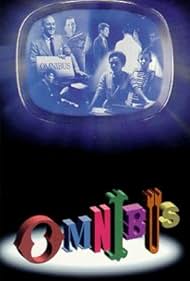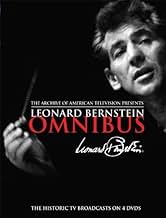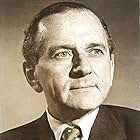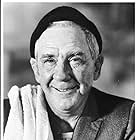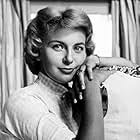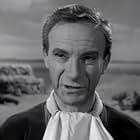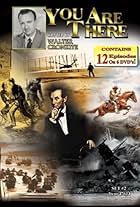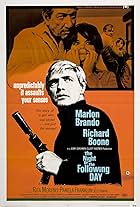In 1952, the Ford Foundation created two funds for educational television. One was for publicly supported TV, and it evolved into the modern PBS. The other was for commercial educational TV, and its chief product was the Omnibus TV series.
Omnibus broadcast, initially, live from New York City at 4:00 PM on Sundays. It was hosted by Alistair Cooke (his first show in the US) and it featured a broad range of programming about science, the arts and the humanities. Virtually anyone of cultural interest who passed through New York might end up on the show. Film segments were integrated between live performances.
Among the show's regular contributors were William Saroyan, who offered up numerous one-act plays and a six-part autobiographical work, and Cyril Ritchard and Helen Hayes, two of the Broadway theater's brightest lights, who appeared in a series of one-act plays together.
Some of Omnibus' landmark shows include:
"King Lear" starring Orson Welles, directed by Peter Brooke
Leonard Bernstein's first TV appearance, where he explained the structure of Beethoven's 5th Symphony, with the orchestral score drawn on the studio floor so that the different instrumentalists could walk along it to visually show their contribution to the overall sound.
"The Moor's Pavanne," a rare (possibly unique?) record of Dancer/Choreographer Jose Limon in performance, featuring his ballet adaptation of Shakespeare's Othello
A Portrait of Grand Central Station, a fabulous live broadcast from the great temple of railroads, ending with Alistair Cook broadcasting via mobile transmitter from the engineer's cab of the 20th Century Limited as it headed for Chicago.
Robert Flaherty's film, "The Louisiana Story"
Omnibus was a cultural treasure trove. It is preserved on kinescope and videotape. I believe much of it can be seen at The Museum of Television and Radio (New York and Los Angeles). There is also a research collection at Wesleyan University in Connecticut.
